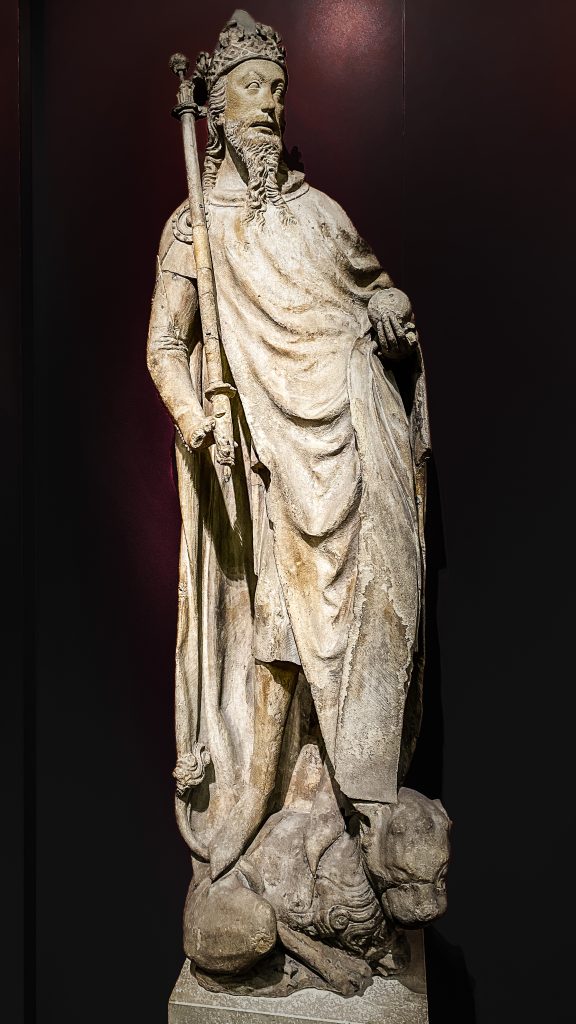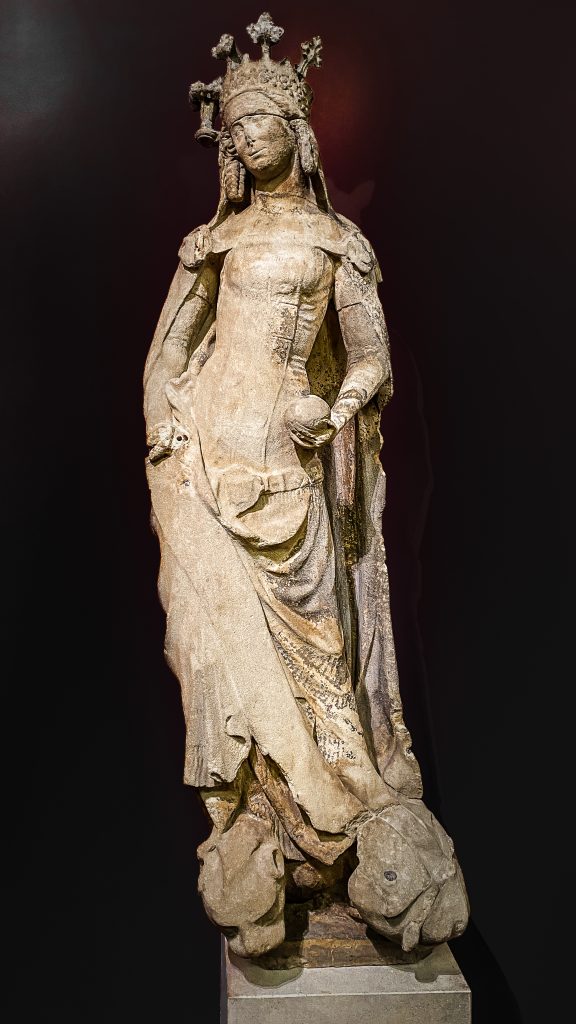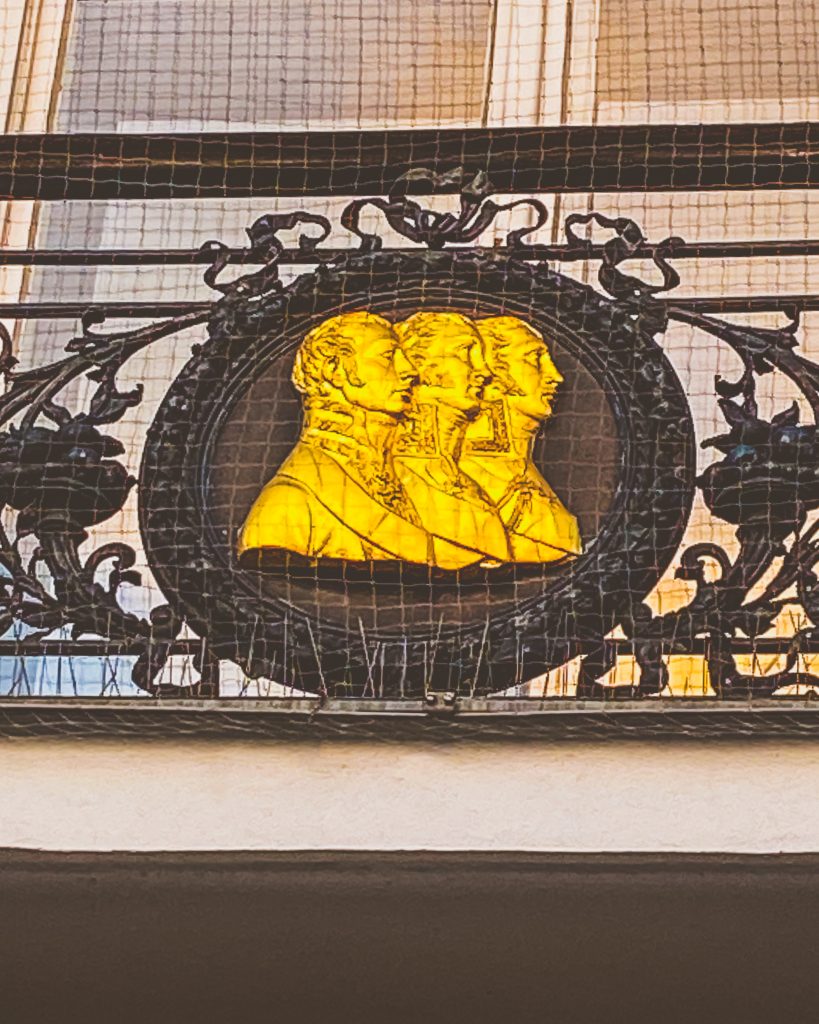Karl-Seitz-Hof
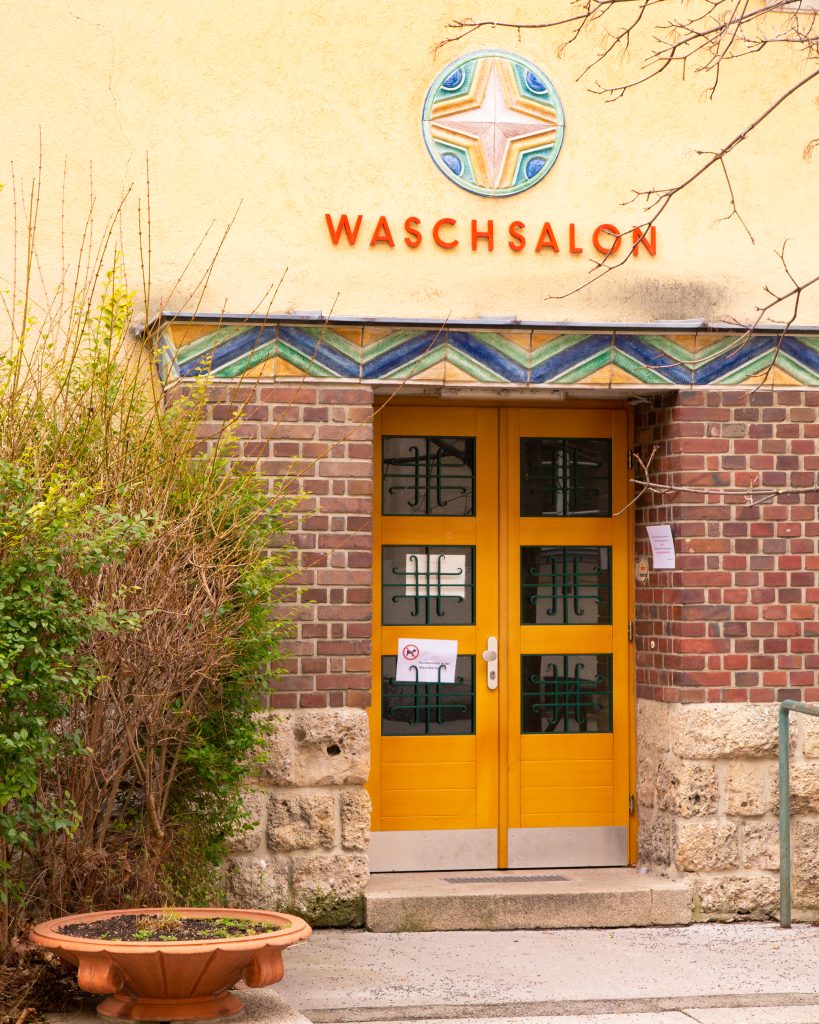
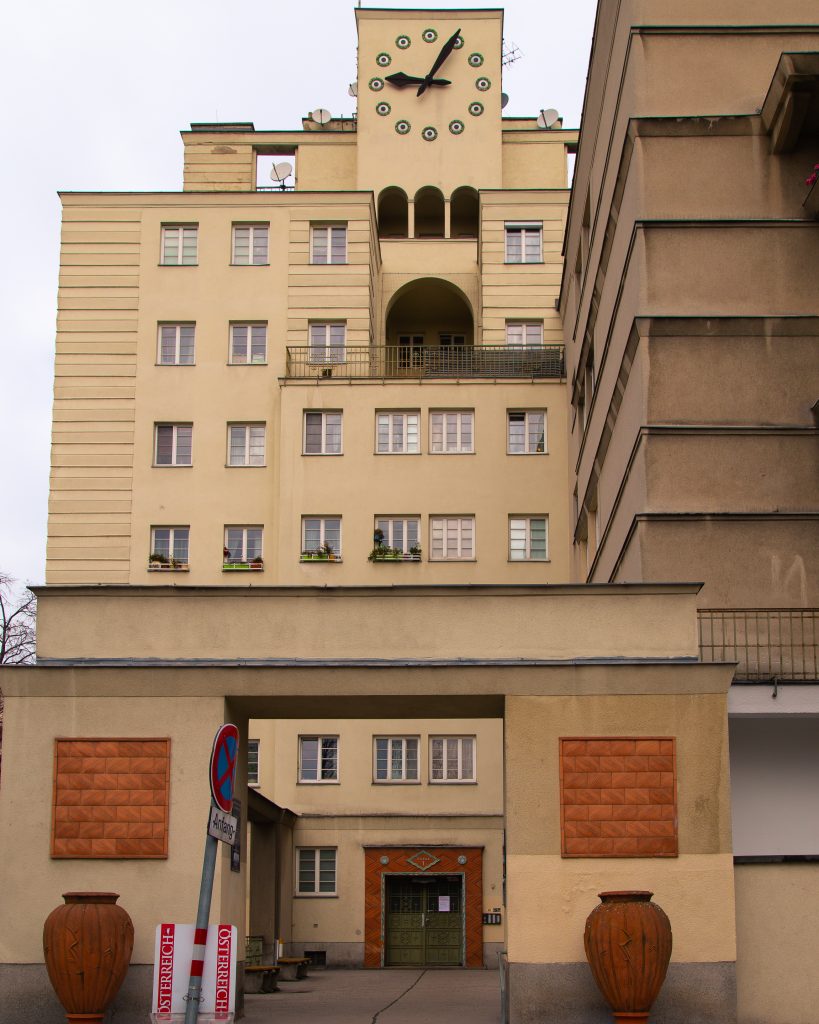
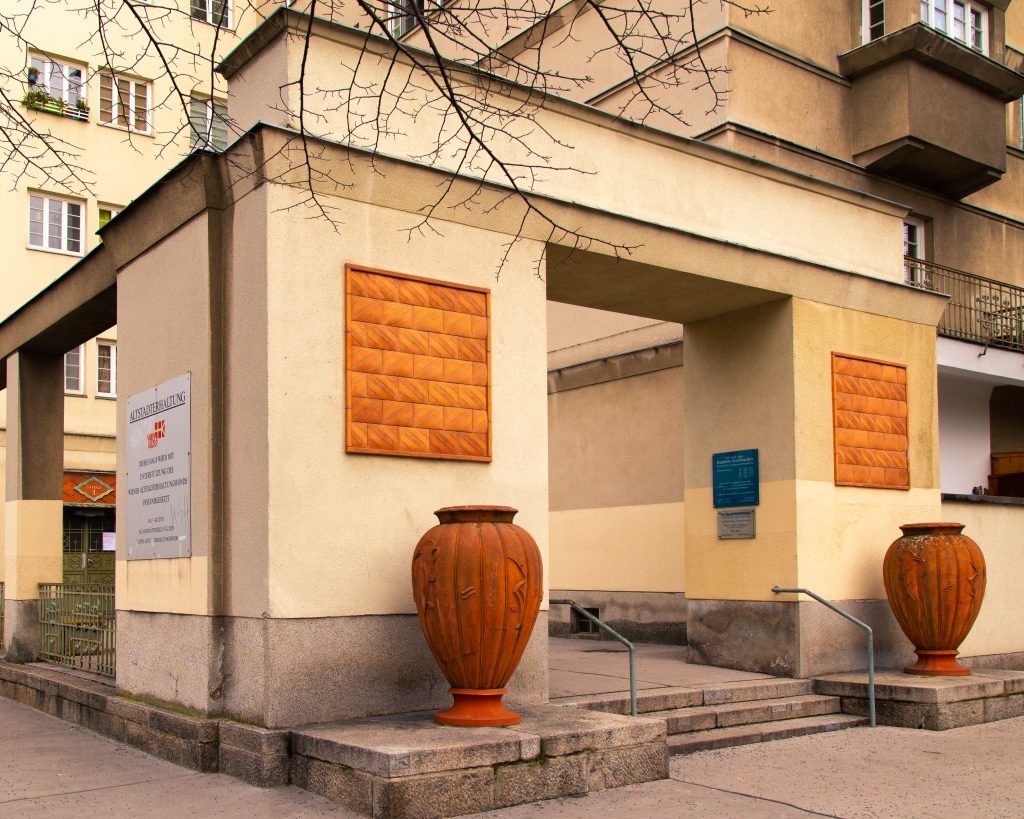
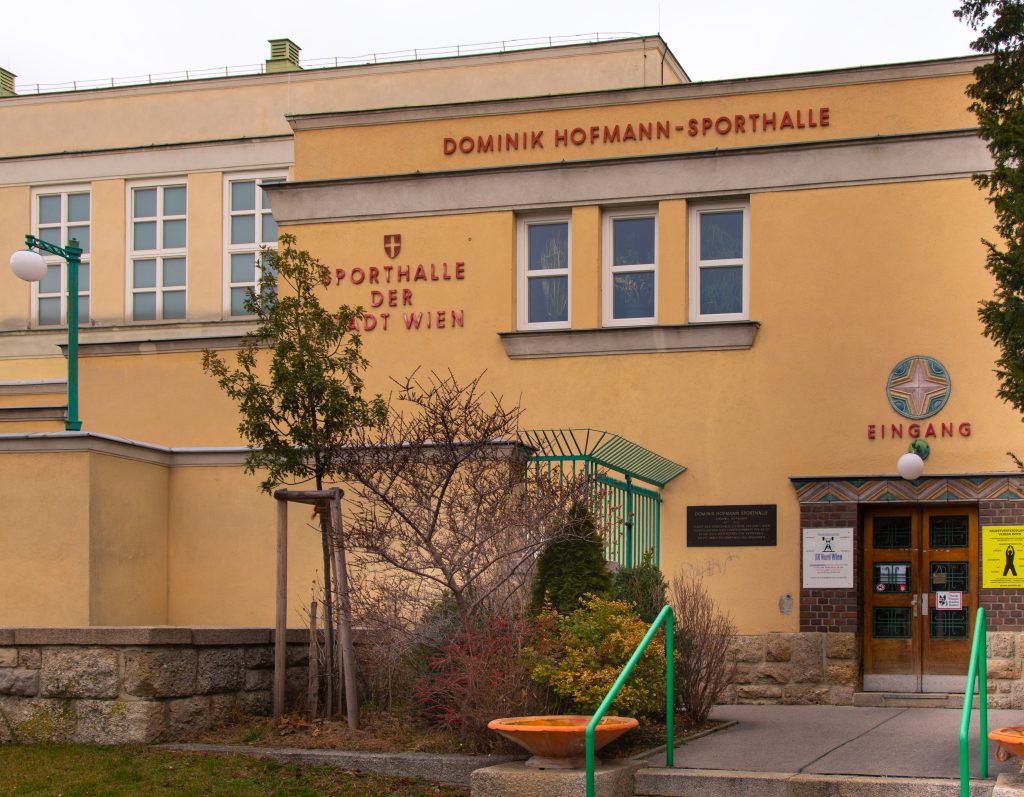
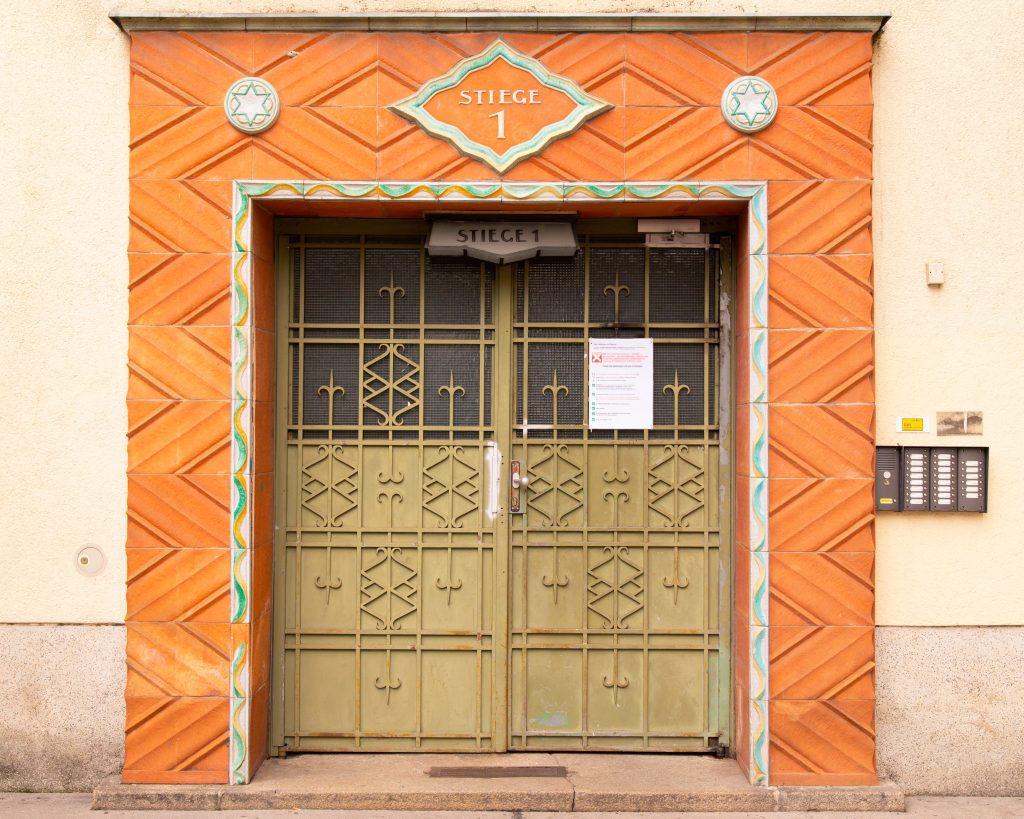
Completed in 1933, Karl-Seitz-Hof in the Jedlesee district of Floridsdorf is considered one of the most architecturally significant municipal buildings in the city of Vienna. Hubert Gessner built the complex in typical superblock construction with a striking central front, a multitude of inner courtyards and staggered towers.
Originally designed as the „Garden City Jedlesee“ with more than 2,500 apartments (today around 1,700), the complex was also the scene of the civil war in February 1934 and was named in 1951 after Vienna’s mayor and first Austrian head of state Karl Seitz, to whom the central monument in the cour d’honneur is also dedicated.
